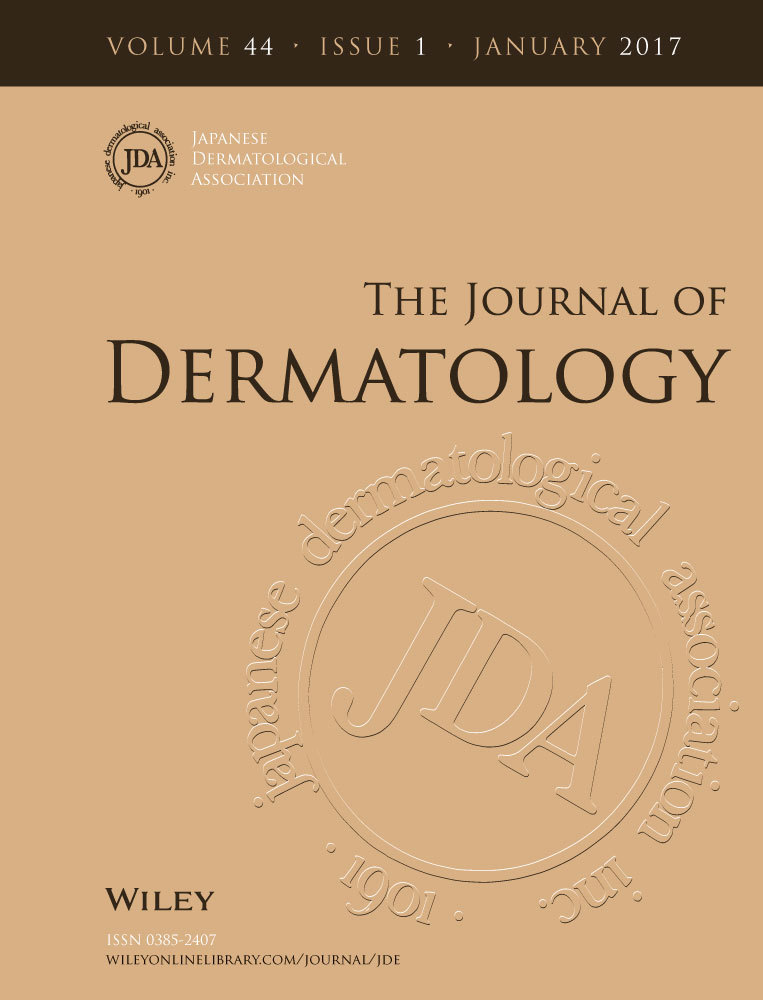Case of pleomorphic rhabdomyosarcoma arising on subcutaneous tissue in an adult patient: Review of the published works of 13 cases arising on cutaneous or subcutaneous tissue
Abstract
Rhabdomyosarcoma (RMS) is a malignant mesenchymal tumor usually occurring in children, young adults, and predominantly arising in the head and neck or deep soft tissue of the extremities. Pleomorphic RMS (PRMS) arising on subcutaneous tissue in an adult patient's trunk is extremely rare. We present a case of primary PRMS occurring on the back of a 50-year-old man. The tumor was diagnosed by histological and immunohistochemical findings of the resected specimen. One month after the surgery, axillary lymph node metastases were found. Subsequently, the patient received three cycles of combined chemotherapy. The rest of those axillary lymph nodes were reduced in size and there was no local recurrence 6 months postoperatively. PRMS is a very rare but aggressive tumor. Thus, it is important to confirm the diagnosis and provide adequate treatments.




